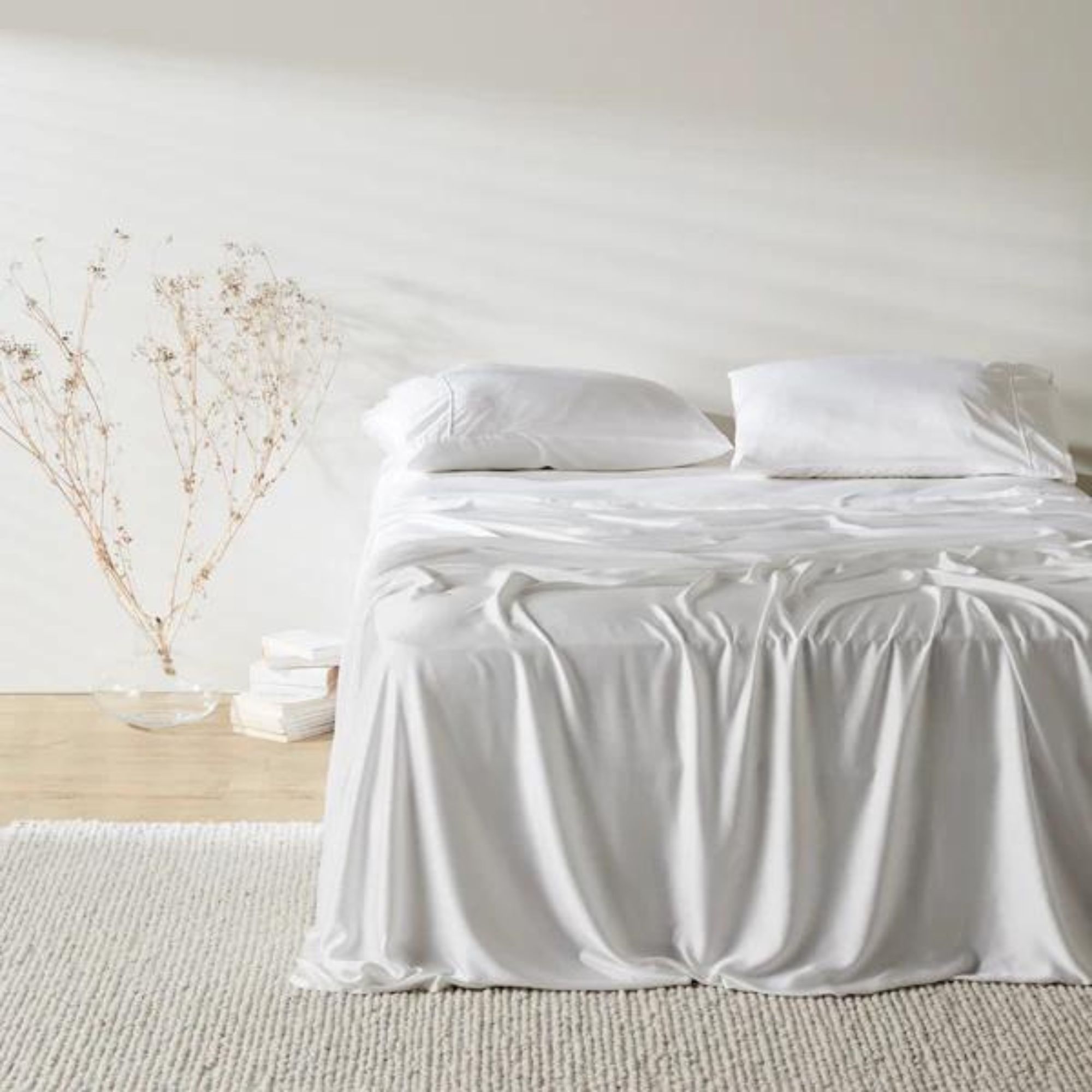How we test bed sheets – our expert review process, explained
Here's everything you need to know about how we test bed sheets for look and feel, thermoregulation, durability, and value for money
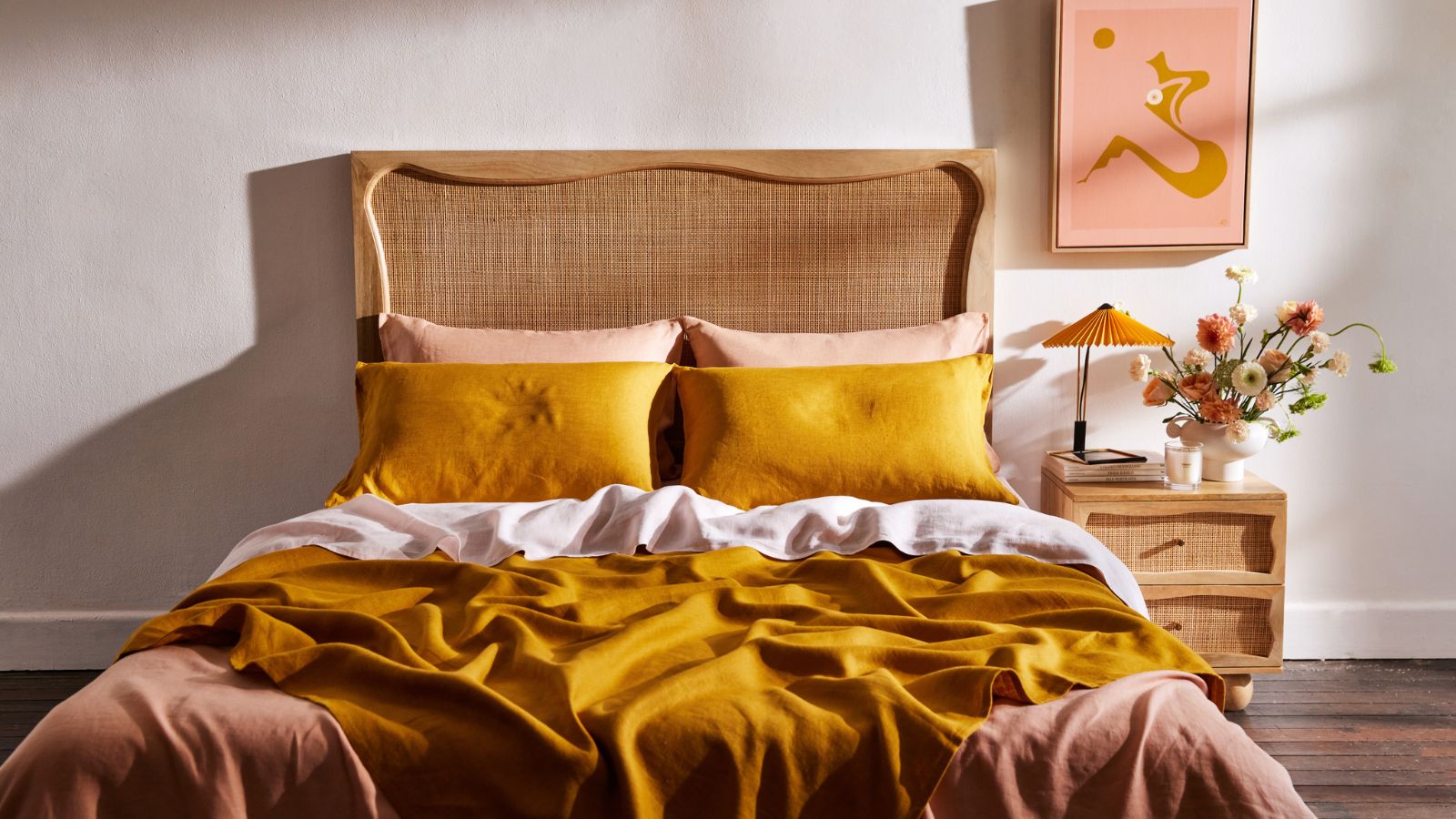

As the resident Sleep Editor, I'm often asked how we test bed sheets: where I find the sheets I want to test; who does the testing; and exactly what we're looking for. Here's how we do it at Homes & Gardens.
First, I visit all the best places to buy bedding, including Brooklinen, Cozy Earth, and ettitude, to select the sheet sets I want to test. Then, I allocate each sheet set to its ideal owner from my pool of product testers. Together, my team represents a wide range of ages, sleep styles, and body types, and we live all across the country, so I'll send cooling sheets to hot sleepers, organic sheets to eco-conscious shoppers, and so on.
We assess each sheet set against the same criteria: look and feel; thermoregulation; and durability. We also consider the practical aspects of shopping for sheets, including the range of colors and sizes available, the details of delivery and the care instructions, as well as the all-important price. A sheet set must score highly across the board, or excel in certain areas to make up for its shortcomings, to rank in our best bed sheets buying guide.
How we test bed sheets − our expert guide
Our experts sleep on sheets for eight hours a night, seven nights a week, for a minimum of 30 nights before we publish our initial reviews. Often, we continue to sleep on the sheets after the initial testing period and update our reviews accordingly. This amounts to hundreds of hours of testing to give you an accurate indication of long-term performance.
Look and feel
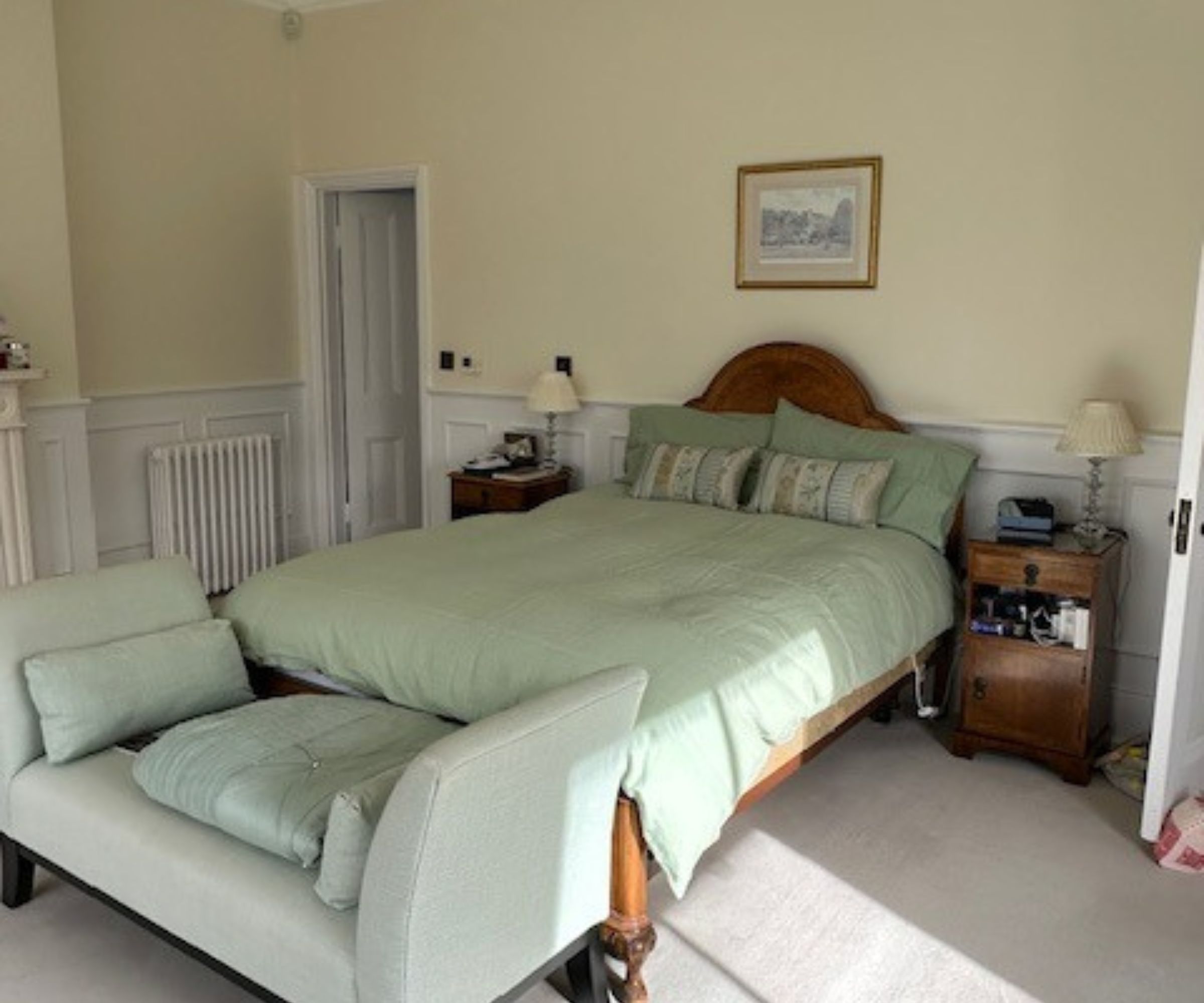
Once we've made the bed, we consider the look and feel of the sheets against our skin. We want to know whether the sheets feel rough or smooth; whether they're prone to wrinkling; and how the color looks in varying levels of light.
How your bed sheets look and feel is largely dependent on which bed sheet types you've chosen. Cotton is a classic for a reason, but there are two weaves of cotton, which look and feel very different. Cotton sateen feels silky and smooth, a nice, tight weave that's ideal for hot sleepers, while cotton percale is cool and crisp, much less prone to wrinkling.
The best linen sheets still feel a little coarse, though they should soften with washing. Linen is prone to wrinkling, but I'd encourage you to embrace the rumples as part of linen's rustic charm. In my experience, bamboo and eucalyptus sheets are smooth, even a little slippery, but they're highly breathable and naturally moisture-wicking. Then, you've got polyester and microfiber blends, which my fellow testers agree are the worst bed sheet materials. Like all synthetic materials, polyester and microfiber sheets tend to feel scratchy and stiff, and they have an artificial sort of shine under the lights. It's one thing to bag a bargain sheet set, but you don't want sheets that look and feel cheap.
Thermoregulation

When we test bed sheets, our aim is to uncover which sorts of sleepers this sheet set would best suit. Over the years, we've worked out that anyone who suffers from night sweats or hot flashes, or anyone who lives in a warm climate, or just wants a lighter set of sheets for summer, should shop for the best cooling sheets.
As a general rule, natural fibers are more breathable than synthetic materials, so I would expect sheets made from cotton, linen, bamboo, or eucalyptus to feel cooler than sheets made from polyester or microfiber. If you suffer from night sweats, then you should narrow the search to naturally moisture-wicking materials: I recommend linen, bamboo, eucalyptus, or wool.
Many bedding brands promote their sheet sets as 'cooling', but we won't take the manufacturer's word at face value. Instead, we switch off our AC and sleep through all four seasons, through heatwaves and cold snaps, making note of any nights we wake up in a sweat. The best bed sheets should keep you just the right side of cool and dry, or temperature-neutral at the very least.
Durability
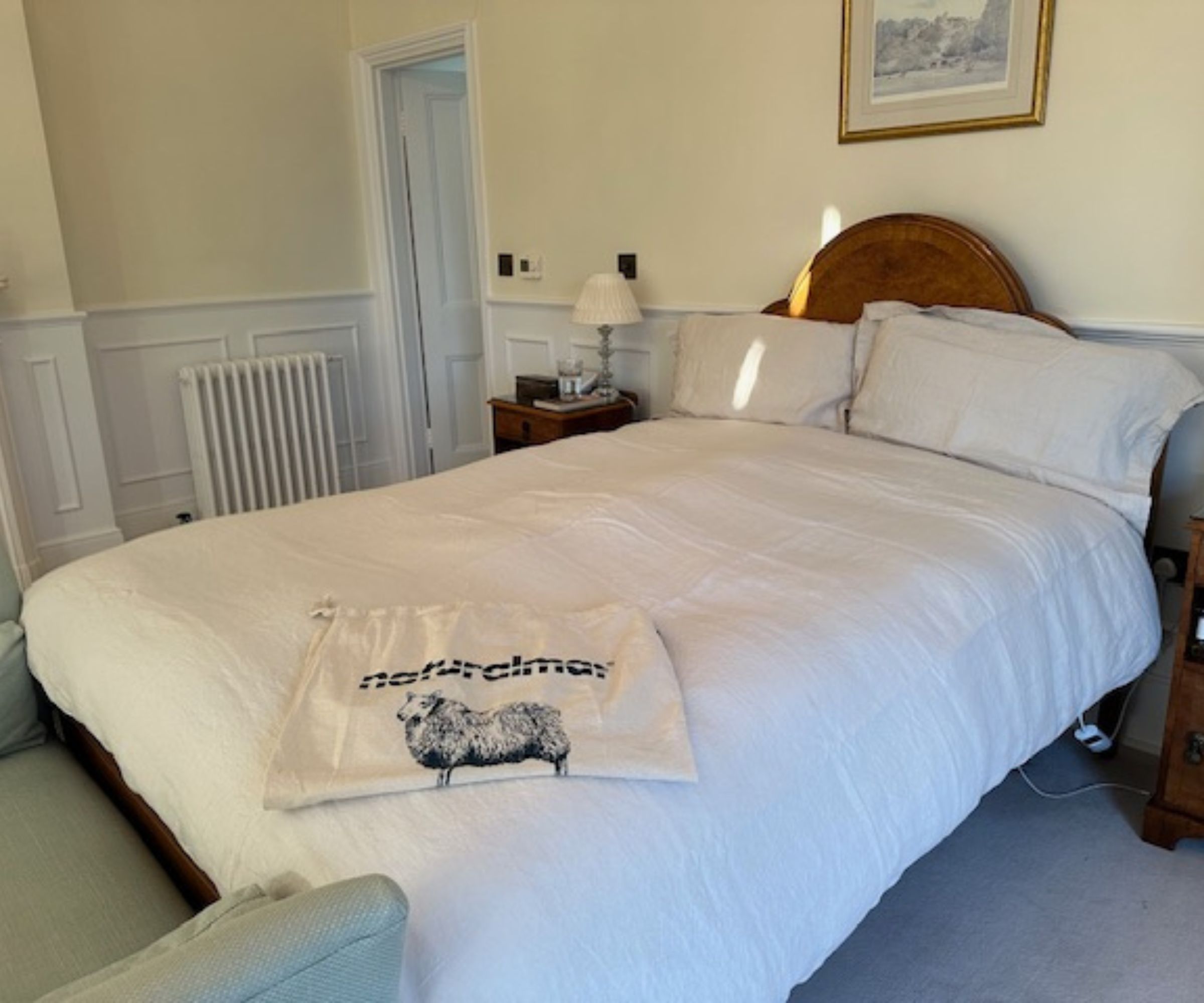
The look and feel of a sheet set is subject to change over time, through a combination of long-term use and frequent cycles in the washer and dryer.
To get an indication of their durability, we strip the sheets from the bed and clean them according to the instructions on the care tag. Failing to check the care tag is one of the biggest bedding laundry mistakes you can make: you might end up tumble-drying sheets that are air-dry only and damage the threads and fibers.
Once they're dry, we put the sheets on the bed and continue testing. We're considering how the look and feel of the sheets has changed since the wash: whether particular sections of the sheets have changed in texture and whether the color has lost its saturation. The best bed sheets shouldn't lose their luster after the first few washes, but cheap sheets start to age from the very first cycle.
Practical points
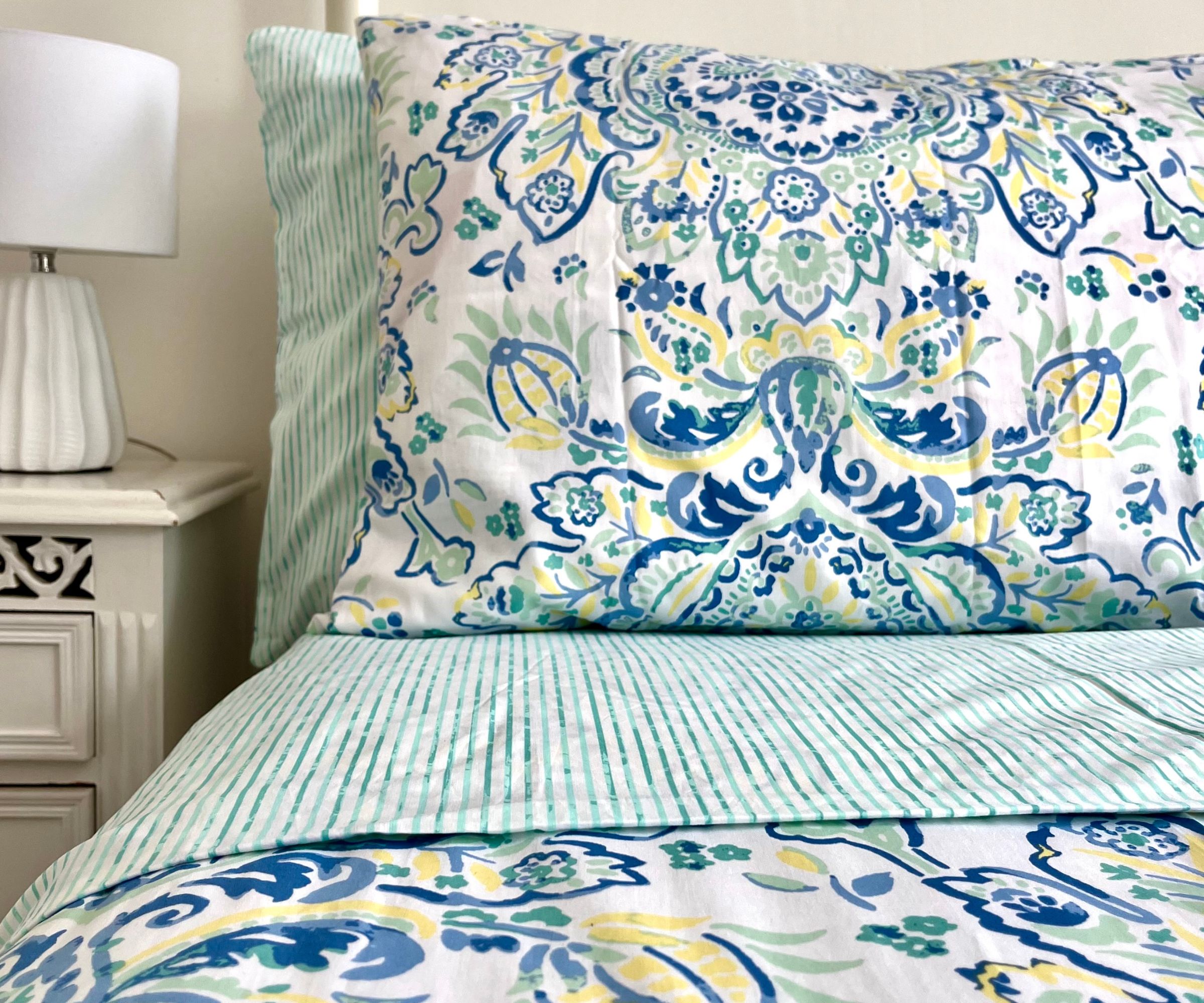
One of the most important tests for a sheet set is purely practical: does it stay on the bed? When I'm testing bed sheets, there's little more annoying than waking up in the middle of the night to find that the corners of my fitted sheet have popped off the mattress. That's why my testers are looking for sheets with deep pockets and all-round elastic to accommodate thicker mattresses.
We're also interested in the range of sizes and colors available for each sheet set. Which bed sheet colors are best is a matter of opinion, but I can think of a few bed sheet colors to avoid: bright shades of red and orange are overstimulating for sleep, while white shows stains, and dark tones of black, brown, and purple can absorb too much light, making your bedroom look smaller.
Then, there's the question: 'how much should I spend on sheets?' Only you know the ins and outs of your financial situation, so I suggest you set a minimum and maximum budget before you start shopping. Personally, I would never spend less than $50 for a Queen-sized sheet set, but I don't think you need to spend more than $300 to get natural fibers, great breathability, and a wide range of colors. I've ranked and reviewed the best affordable bed sheets for buyers on a budget as well as the best luxury bed sheets if you're looking to splurge. At the end of the testing period, we consider the performance of each sheet set against the price to help you determine value for money.
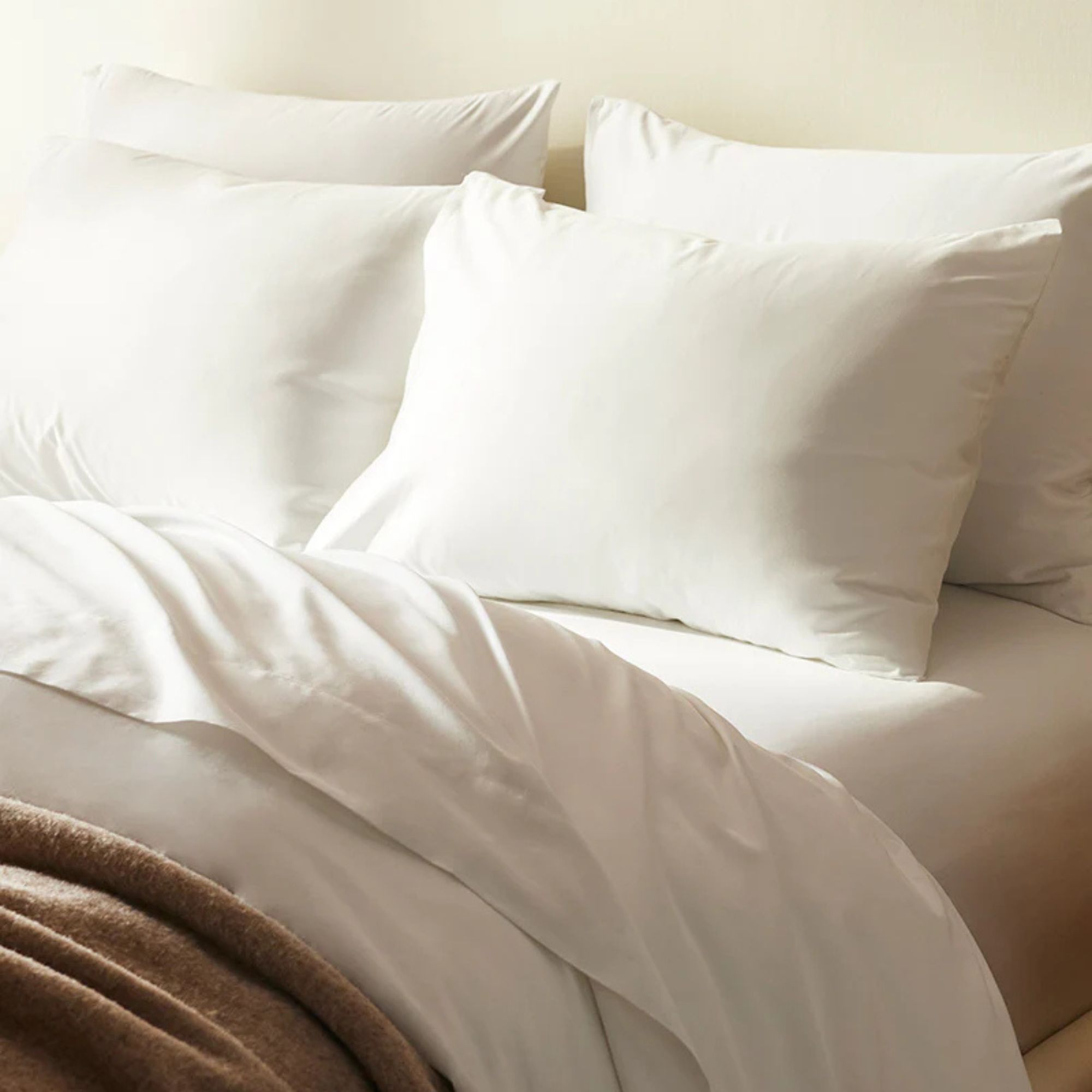
Sitting pretty at the top of our bed sheet buying guide, the Brooklinen Luxe Core Sheet Set is a real crowd-pleaser, with more than 17,000 verified five-star reviews on Brooklinen. I love the silky-smooth finish of these sateen sheets.
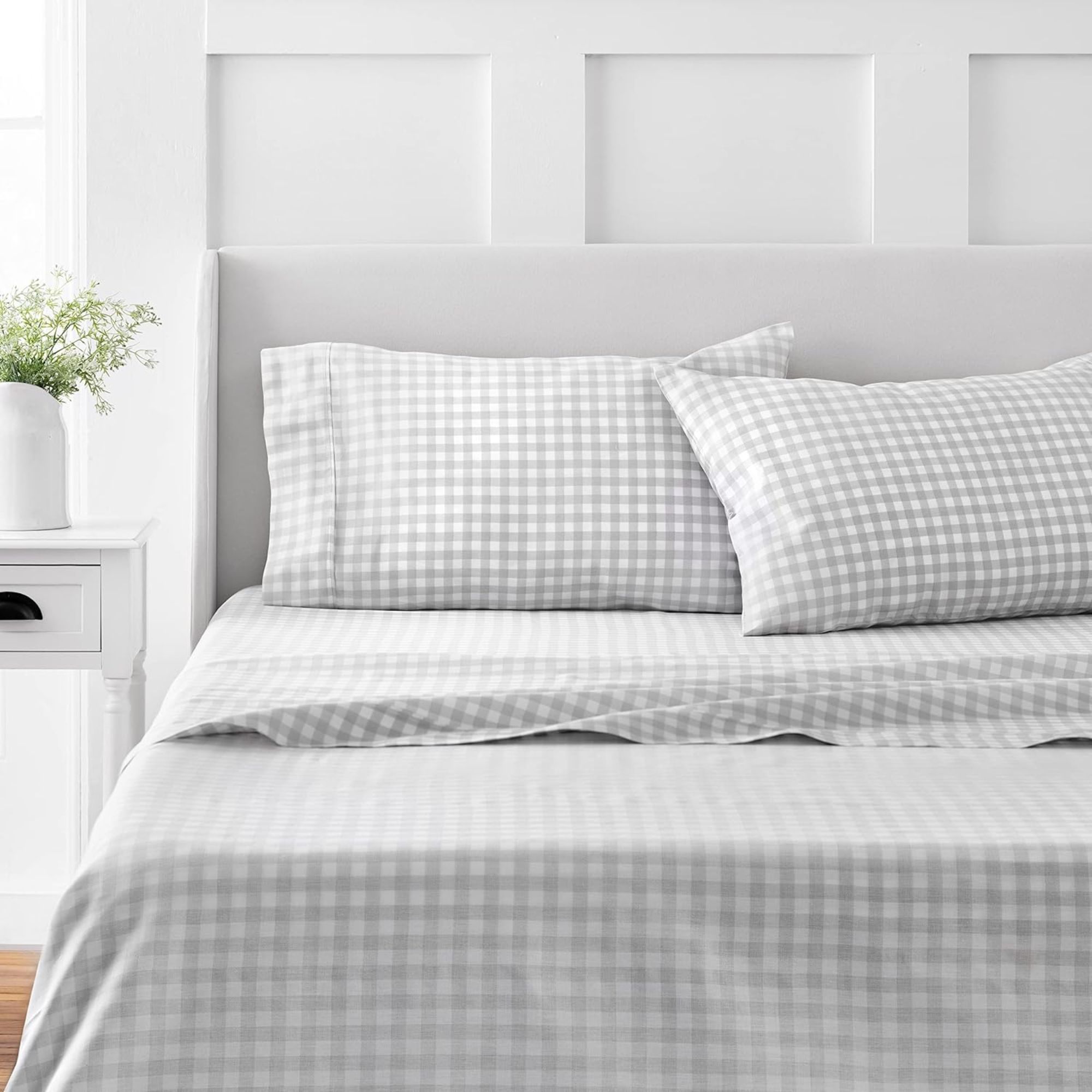
'I've tested dozens of bedding bundles throughout my career, so I was curious to see how the Martha Stewart sheets stand up,' says expert tester Camryn Rabideau. ' I didn't want to admit it, but I'm impressed: these sheets are hard-wearing yet seriously soft. I'm still sleeping on them more than a year later.'
Only you know what you want and need from your sheets: other people might like the silky-smooth finish of cotton sateen, but you might prefer the crisp, cool feel of cotton percale. Before you buy, take a beat to consider your sleep needs, and consult my bed sheet buying rules to make sure you're getting value for money.
Sign up to the Homes & Gardens newsletter
Design expertise in your inbox – from inspiring decorating ideas and beautiful celebrity homes to practical gardening advice and shopping round-ups.

Emilia is our resident sleep writer. She spends her days tracking down the lowest prices on the best mattresses and bedding and spends her nights testing them out from the comfort of her own home. Emilia leads a team of testers across America to find the best mattress for every sleep style, body type, and budget.
Emilia's quest to learn how to sleep better takes her all around the world, from the 3Z mattress factory in Glendale, Arizona to the Hästens headquarters in Köping, Sweden. She's interviewed luxury bedding designers at Shleep and Pure Parima, as well as the Design Manager at IKEA. Before she joined Homes & Gardens, Emilia studied English at the University of Oxford.
You must confirm your public display name before commenting
Please logout and then login again, you will then be prompted to enter your display name.
-
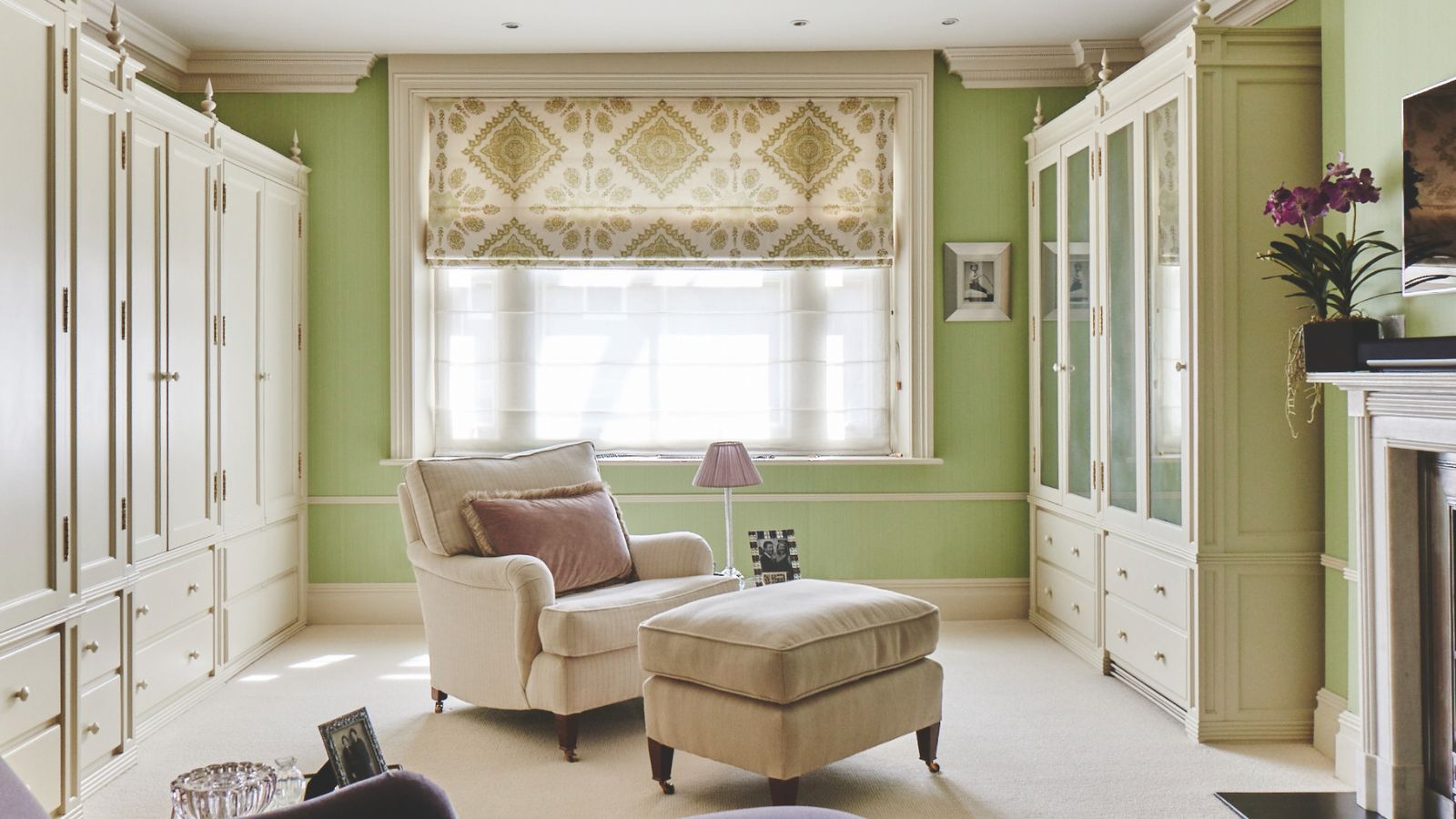 7 expert-approved painting hacks to minimize clean up – to make an already exhausting task easier
7 expert-approved painting hacks to minimize clean up – to make an already exhausting task easierAvoid a backbreaking clean-up after your next painting project with advice from the professionals
By Chiana Dickson
-
 Gwyneth Paltrow's quiet luxury kitchen is so beautiful, we almost overlooked her ultra-smart cabinets – they make the use of 'every inch' of storage space
Gwyneth Paltrow's quiet luxury kitchen is so beautiful, we almost overlooked her ultra-smart cabinets – they make the use of 'every inch' of storage spaceThe Goop founder makes use of dead space in her kitchen with customized cabinetry that reaches to the ceiling, providing ample storage
By Hannah Ziegler
